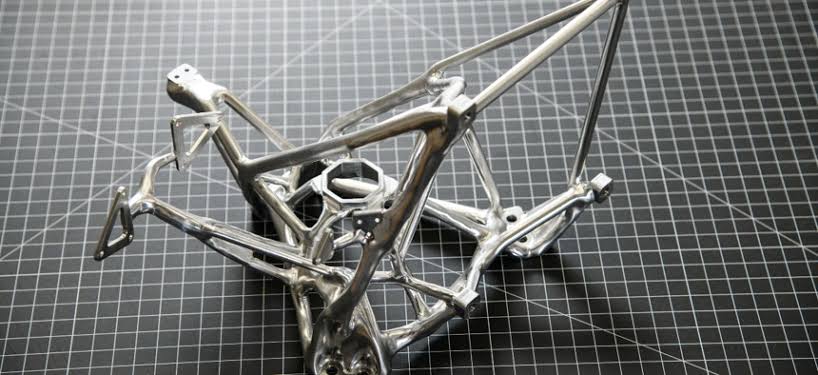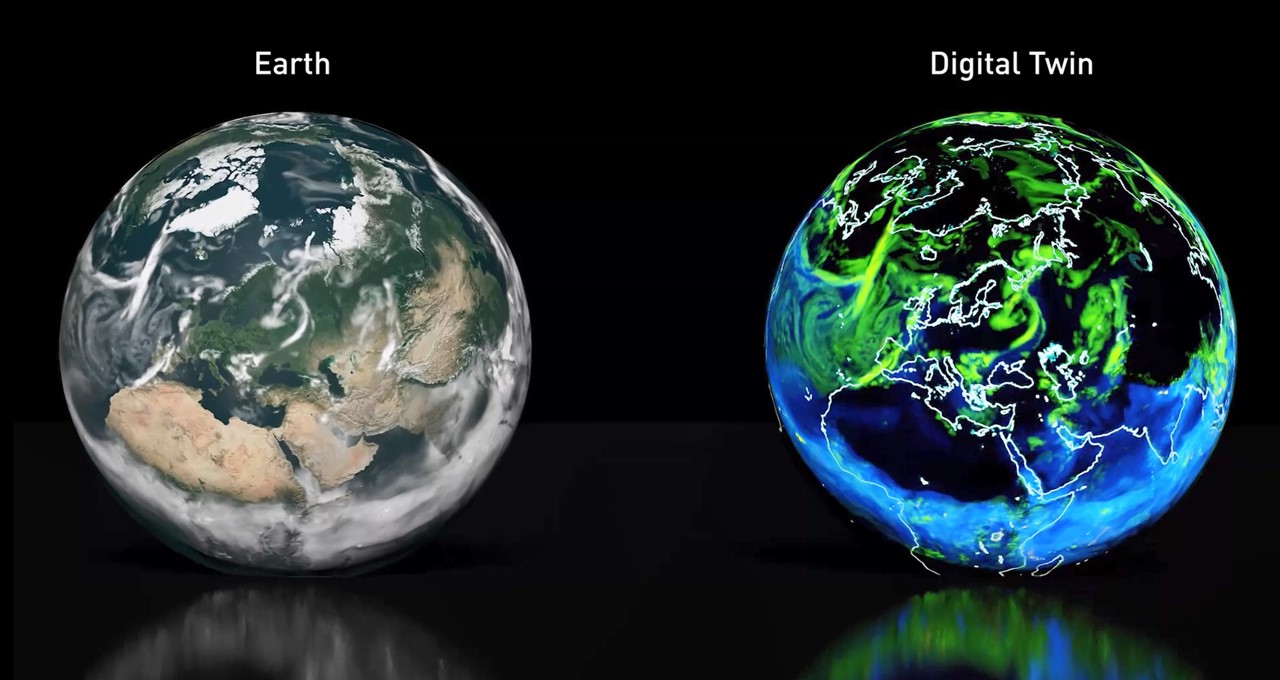
Artificial intelligence designs spacecraft and mission hardware with skeletal resemblance of extraterrestrial origin. These structures weigh less, endure greater loads, and develop quicker than human-made components. Research Engineer Ryan McClelland observed their peculiar appearance but acknowledged their functional efficacy.
At NASA’s Goddard Space Flight Center, Research Engineer Ryan McClelland led the development of unique components utilizing readily available AI software. The approach, called “evolved design,” involves a CAD specialist incorporating the necessary surface area and connections for a specific mission. This may include accounting for bolts and fittings, blocking optical sensors or laser beams, and considering technician access for assembly and alignment.
Ryan McClelland stated that the AI software connects designated areas to form intricate designs, which can take only a few hours. Though the algorithm is effective, it still requires a human eye to ensure proper aesthetics. The software may create excessively thin structures if left unsupervised.
According to McClelland, evolved parts weigh two-thirds less and can be milled by commercial vendors. The analysis, design, and fabrication of a prototype part can take as little as one week. NASA-standard validation software is used to identify potential points of failure, and these parts have lower stress factors than those designed by humans, which lowers the risk.
NASA missions in various design and construction stages have adopted McClelland’s evolved components. These include space telescopes, planetary instruments, space weather monitors, astrophysics balloon observatories, Earth-atmosphere scanners, and the Mars Sample Return mission.
The Optimal Design Solution For NASA’s Bespoke Components
Computer-based design is fast-growing, from equipment components to complete vehicle structures. Ryan McClelland emphasized the unique value of AI design for NASA, explaining that, unlike car or motorcycle companies, NASA creates thousands of one-of-a-kind components annually.
According to Ryan McClelland, AI-assisted design’s potential depends on the 3D printing of metals and resins. This would permit the creation of larger and more intricate components, such as structural trusses and advanced optics. Such printing techniques allow the construction of larger objects in space that cannot fit into standard launch vehicles. Furthermore, such techniques may facilitate the construction of items on the Moon or Mars using locally sourced materials.
The featured image was gotten from nextgov.com



